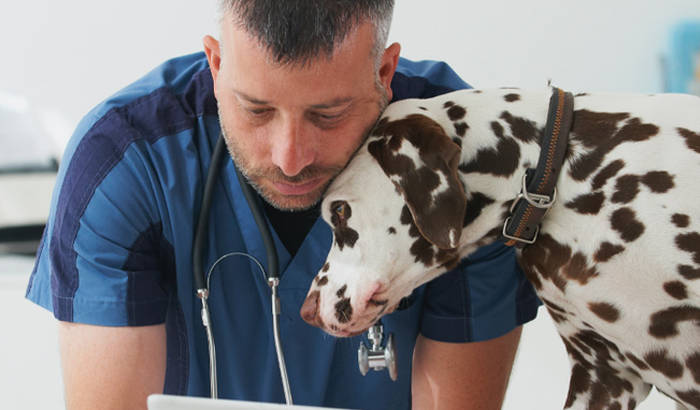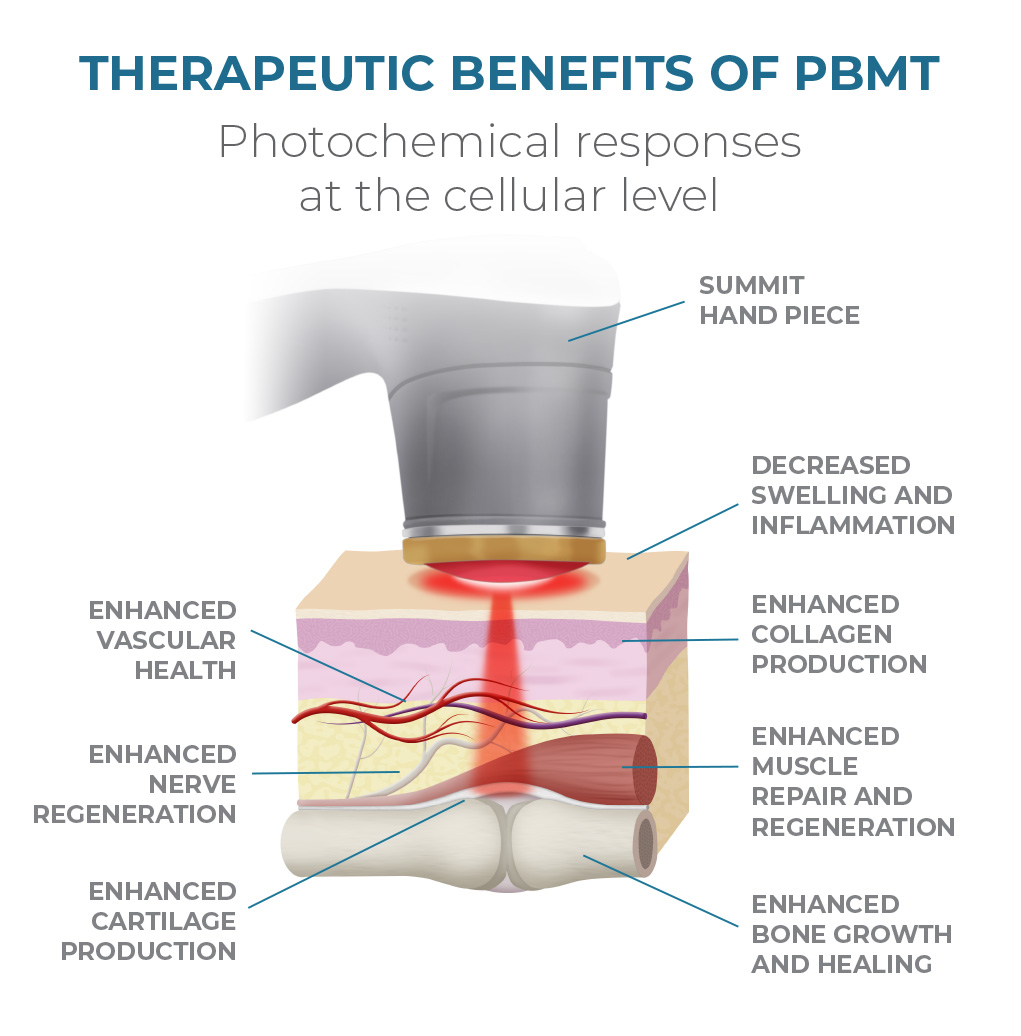Laser Therapy for Animal Rehabilitation
Laser therapy plays a key role in animal rehabilitation by accelerating recovery, reducing pain, and promoting faster healing. This non-invasive treatment helps veterinarians design effective rehabilitation plans to restore mobility, enhance muscle and joint function, and support post-surgery recovery.
Laser treatment can be applied before surgery, after an injury, or during follow-up care. The most effective approach is to start treatment as soon as the injury occurs, continuing throughout the recovery process. Post-recovery, maintenance laser therapy helps animals maintain strength, flexibility, and overall health, ensuring they stay active and healthy.

Laser Therapy Applications
This innovative device has the potential to reduce or even eliminate the need for medications, injections, surgeries, or other invasive procedures.
Rehabilitation Therapy
Joint pain, postoperative pain, muscle strain tendinopathy, joint dysplasia, osteoarthritis, degenerative joint disease, lameness, nerve injuries, acupunctureWound Management
Wound healing, edema and congestion burns, bite wounds, chronic wounds.Veterinary Internal Medicine
Cystitis, pancreatitis, pneumonia, enteritis, feline asthma.
Dermatological
Otitis, lick granuloma, acute moist/purulent dermatitis, perianal fistula, perianal abscesses, pododermatitis, excision of benign or malignant skin tumors.Oral Diseases
Feline stomatitis, gingivitis, gingival hyperplasia, endodontic diseases, excision of oral tumors.Ophthalmic Diseases
Retinal diseases, glaucoma surgery.
Clinical Advantages of Veterinary Laser Therapy
- Reduces inflammation
- Relieves pain
- Accelerates tissue repair
- Improves circulation
- Prevents excessive scar tissue
- Enhances nerve function
- Boosts immune response
- Speeds up wound healing
